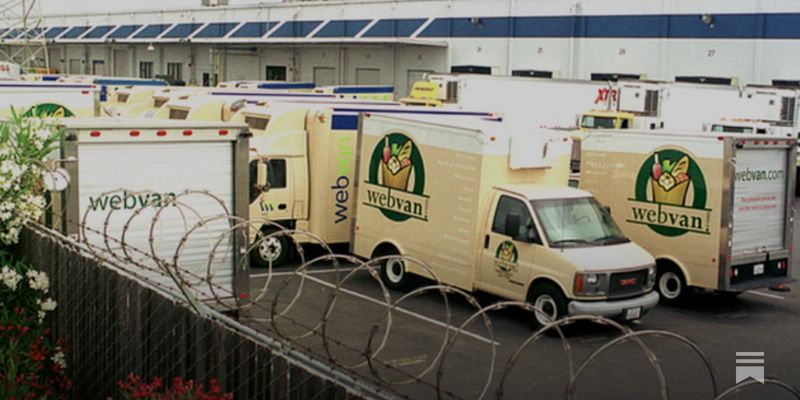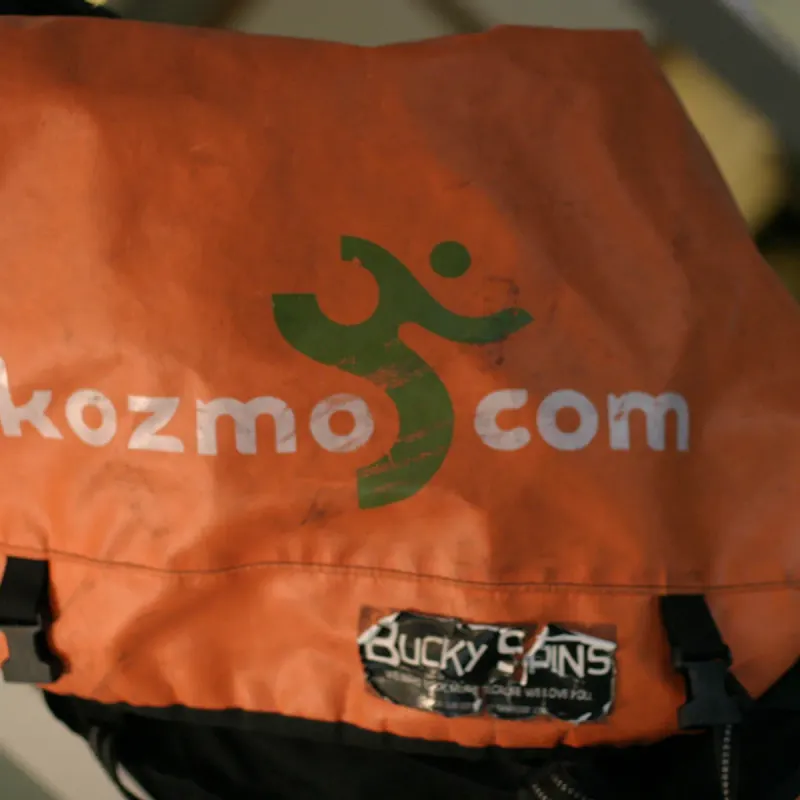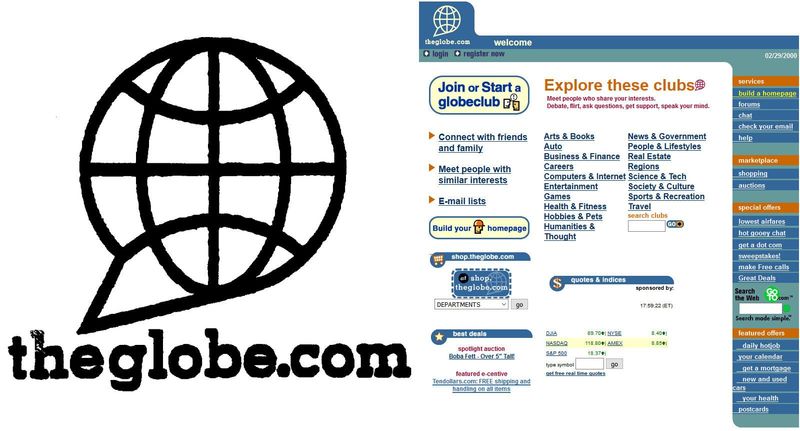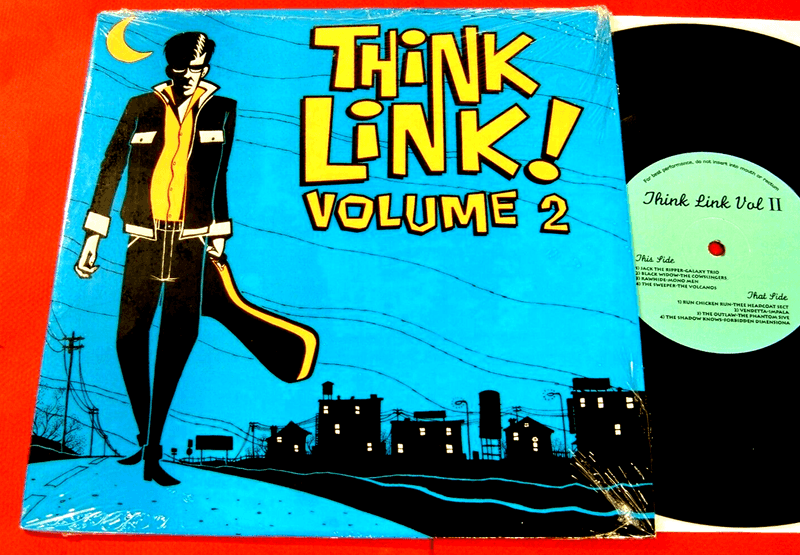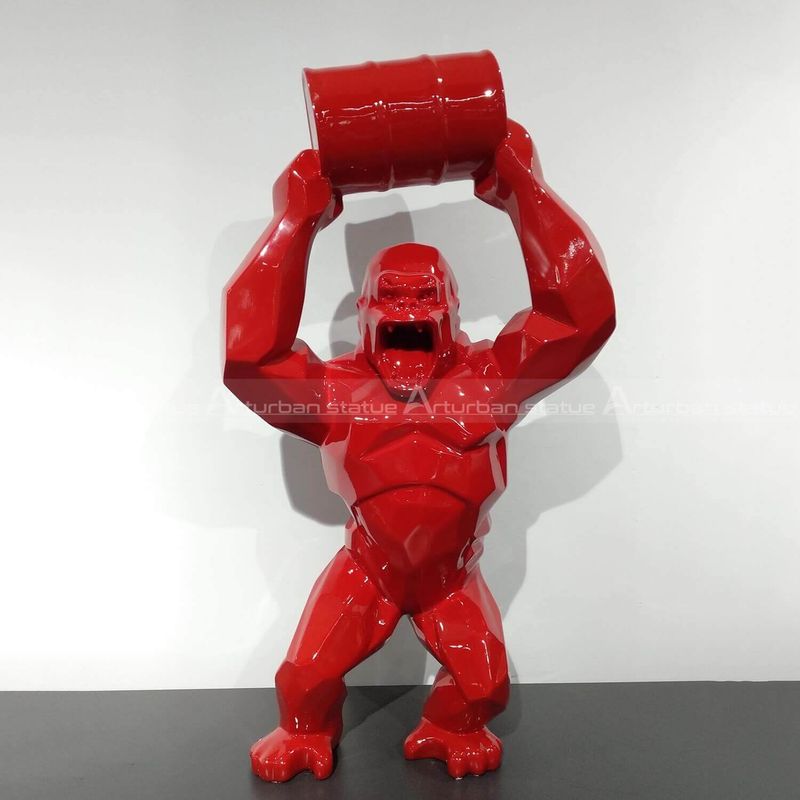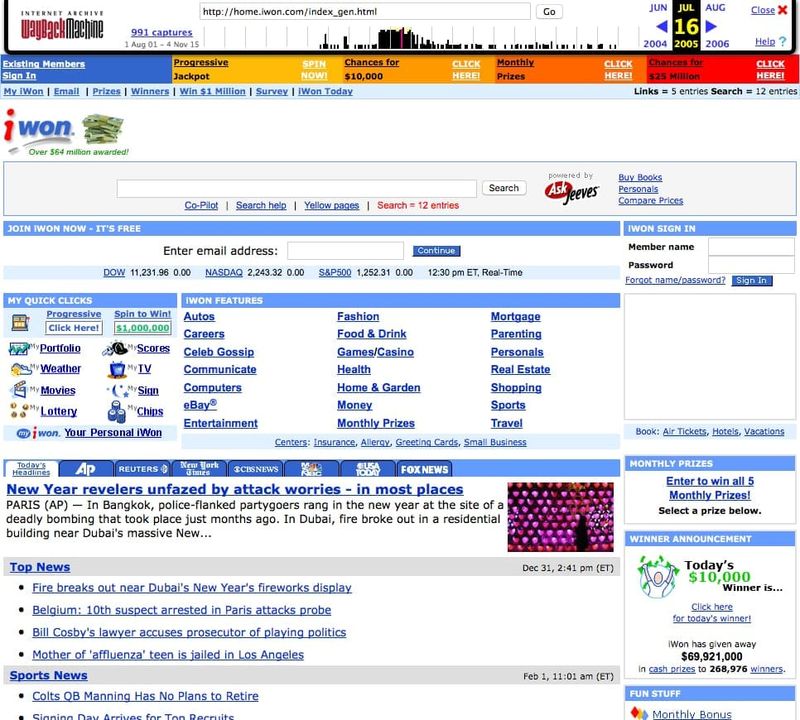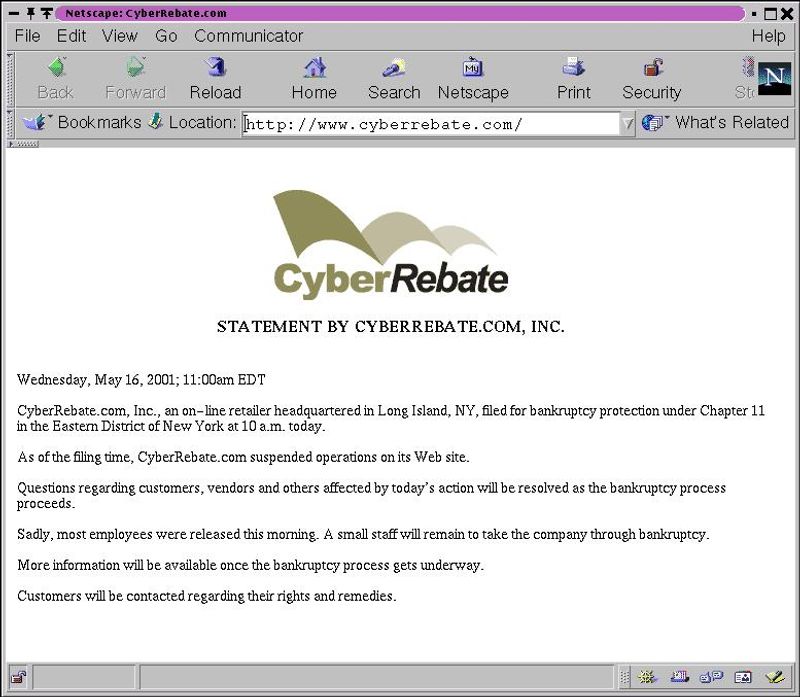The Dot-Com bubble of the late 1990s and early 2000s was characterized by speculative investments in internet-based businesses, leading to a rapid market rise followed by a crash. Among the chaos emerged a series of products that were not only commercially disastrous but also amusing in their ambition and execution. Here, we explore 20 such products that range from misguided to downright comical, offering a glimpse into the excesses and eccentricities of the era.
1. Pets.com (The $300 Million Sock Puppet)
Pets.com aimed to revolutionize pet food shopping by offering online delivery, but the lack of a viable shipping model led to its downfall. Shipping heavy pet food was pricier than the products, leading to financial chaos. The brand’s sock puppet mascot, once a cheerful symbol of potential, became emblematic of Dot-Com excess. Ironically, the puppet remains fondly remembered, showcasing how optimism can quickly turn to notoriety in the tech world. Pets.com is now a case study in poor logistics and over-ambition.
2. Webvan ($1.2 Billion Grocery Delivery Flop)
Webvan, a grocery delivery pioneer, set out to change how we shop for food with massive online-driven warehouses. Yet, the vision was ahead of its time; customers weren’t ready to buy lettuce through a screen, leading to $1 billion in losses. Their innovative approach paved the way for today’s successful services like Instacart. Webvan’s collapse is a testament to timing over ambition, illustrating the challenge of marrying tech with tangible goods. Despite their crash, the dream of online groceries lived on.
3. eToys.com ($500 Million Toy Disaster)
eToys.com attempted to be the Amazon of toys, focusing solely on children’s playthings. However, despite its aggressive marketing, the site couldn’t compete with retail giants like Walmart and Toys “R” Us during the critical holiday period. This seasonal failure led to its quick financial decline and eventual bankruptcy after just one Christmas season. The company’s rapid rise and fall serve as a cautionary tale of the importance of strategic timing and competition awareness in e-commerce.
4. Flooz.com (The “Online Currency” Nobody Wanted)
Flooz.com introduced a digital currency designed for online shopping, long before Bitcoin. With celebrity endorsement from Whoopi Goldberg, the concept sounded promising but floundered due to trust issues and lack of retailer acceptance. Consumers were skeptical, and the currency failed to gain traction. Flooz became one of the first major celebrity-backed dot-com failures, highlighting the pitfalls of introducing new financial instruments without consumer trust or broad merchant acceptance.
5. Kozmo.com (Free One-Hour Delivery of… Anything?)
Kozmo.com promised free one-hour delivery for small items like snacks and DVDs. The dream was enticing, but the financials were not; offering such swift service without delivery fees and with low profit margins spelled doom. It became a cautionary tale for those considering ultra-fast delivery models. Despite its failure, Kozmo’s ambitious vision echoed into the future, influencing modern delivery start-ups that have since found ways to make rapid service viable.
6. Boo.com ($188 Million Fashion Catastrophe)
Boo.com sought to bring high-end fashion online with advanced 3D models, but its cutting-edge approach was too much for the times. The website was so sophisticated it crashed many computers, leading to a rapid decline. Burning through $1 million per week, Boo quickly exhausted its funds. Its failure underlines the risk of being too ahead of the technological curve. Boo.com serves as a reminder that sometimes, simplicity can be more effective than extravagance.
7. Pixelon (The $16 Million Streaming Scam)
Pixelon promised a revolutionary video streaming service, drawing attention with a $16 million launch party featuring bands like The Who. But beneath the glitz was a con; the founder was a fugitive, and the technology didn’t work. This scandalous combination led to an inevitable crash, making Pixelon a legendary example of how smoke and mirrors can temporarily mask underlying ineptitude. The tale of Pixelon underscores the necessity of authentic innovation over mere spectacle.
8. GovWorks.com (Because “Online DMV” Sounds Fun?)
GovWorks.com aimed to streamline paying parking tickets and renewing licenses online, foreseeing a digital bureaucracy. However, government systems weren’t ready for such advancements, resulting in a dysfunctional service. The saga was documented in “Startup.com,” illustrating the clash between innovative ideas and bureaucratic reality. GovWorks’ tale is a classic example of the difficulties faced when private enterprises attempt to digitize public services, revealing the gap between ambition and governmental readiness.
9. AllAdvantage (Get Paid to Surf the Web!)
AllAdvantage offered users money for watching ads while surfing the web. What seemed like easy money was quickly undermined by users exploiting the system with auto-refresh scripts. Despite paying out $100 million, the model proved unsustainable, leading to its downfall. AllAdvantage showcases the dangers of underestimating user ingenuity and the importance of sustainable business models, especially when relying on consumer behavior and technological loopholes.
10. TheGlobe.com (Social Media Before Social Media)
TheGlobe.com was ahead of its time, offering early social networking with chat rooms and personal profiles. Its IPO saw a staggering 606% stock increase on the first day, yet without a solid revenue model, it crashed shortly after. TheGlobe’s rise and fall highlight the volatility of internet startups and the critical need for sustainable income streams. Despite its eventual failure, it laid groundwork for future social platforms, marking an important step in digital connectivity history.
11. ThinkLink (CD-ROMs… But Make It Fashion?)
ThinkLink attempted to replace paper catalogs with CD-ROMs, hoping to modernize fashion shopping. However, the rapid advancement of the internet made CDs obsolete almost overnight. This quick transition left ThinkLink without a viable market, ultimately leading to its demise. The company is now a testament to the rapid pace of technological change and the often unpredictable nature of consumer preferences in a digital world.
12. Furniture.com ($75 Million to Sell Couches Online)
Furniture.com sought to sell home furnishings online without showrooms, envisioning a future where buying sofas was as easy as clicking a button. However, the cost and risk of shipping bulky items soon became apparent, crippling their business model. This venture highlights the complexities of online retail, particularly when dealing with large and costly goods. Furniture.com stands as a reminder of the logistical challenges in e-commerce, especially in the early internet days.
13. Petsmart.com (Yes, a Different Pet Fail)
Petsmart.com aimed to leverage its physical store presence with an online platform. However, instead of enhancing customer experience, the site just redirected users to their main store, squandering millions. This strategic misstep demonstrates the importance of integrating physical and online services effectively. Petsmart.com’s failure underscores the complexities of digital expansion and the need for clear, customer-focused online strategies in retail.
14. Red Gorilla (A “Digital Wallet” in 1999)
Red Gorilla’s idea of storing loyalty cards online seemed innovative, yet it failed to capture consumer interest. The public wasn’t ready to trade their physical cards for digital versions, particularly for non-essential items like Blockbuster cards. This misstep reflects the challenges in predicting consumer readiness for digital solutions. Red Gorilla’s short-lived existence highlights the fine line between innovation and market acceptance in the tech industry.
15. iWon.com (Get Rich By Clicking Ads!)
iWon.com pushed boundaries by offering daily cash prizes for ad clicks on its search engine. Yet, the lack of a sustainable business model turned this innovation into mere gambling, leading to its downfall. The site’s attempt to draw users through financial incentives underscores the importance of genuine value over gimmicks. iWon.com serves as a reminder of the need for sound revenue strategies in tech, where creativity alone isn’t enough for lasting success.
16. eGreetings.com (Paid e-Cards in the Age of Free Email)
eGreetings.com sought to monetize digital greeting cards at a time when free email was becoming ubiquitous. The idea floundered as customers favored free alternatives, showcasing the difficulty of competing with no-cost services. eGreetings is a classic example of how market dynamics can shift quickly in the digital age, where free solutions often triumph over paid offerings. Despite its failure, the concept of e-cards evolved, eventually finding a niche in the digital marketplace.
17. CyberRebate (The “100% Rebate” Scam)
CyberRebate promised customers full cash rebates on purchases, which quickly attracted attention. However, this alluring deal turned out to be a Ponzi scheme, collapsing under its own unsustainable weight. The failure of CyberRebate highlights the dangers of too-good-to-be-true offers and the importance of transparency and ethics in business. It serves as a cautionary tale of how short-term gains can lead to long-term reputational damage, both for companies and the broader industry.
18. MVP.com (Sports Gear… with Michael Jordan!)
MVP.com enlisted sports legends like Michael Jordan to sell athletic gear online. However, even with star power, poor logistics and execution led to its collapse. MVP’s story underscores the challenges of combining celebrity endorsements with actual product delivery, emphasizing that effective operations are crucial. The venture reflects the early struggles of e-commerce in managing supply chains, especially when high expectations are set by famous faces.
19. MotherNature.com (Organic Foods… Online?)
MotherNature.com ventured into online organic grocery sales before the market was primed for it. The slow shipping of perishable goods led to major losses, marking the venture as premature. This endeavor highlights the importance of infrastructure and timing in e-commerce, especially for perishable items. MotherNature.com is a lesson in understanding market readiness, illustrating the difficulties of pioneering new concepts without adequate logistical support.
20. OurBeginning.com (Online Wedding Invitations in 1999)
OurBeginning.com offered custom wedding invitations online, aiming to modernize a traditional process. However, the preference for physical invites among brides led to its quick decline. This example highlights the challenges of digitizing deeply personal traditions, where tactile experiences often prevail. OurBeginning serves as a reflection on the intricacies of blending technology with personal milestones, teaching future entrepreneurs about aligning tech solutions with consumer sentiment.


